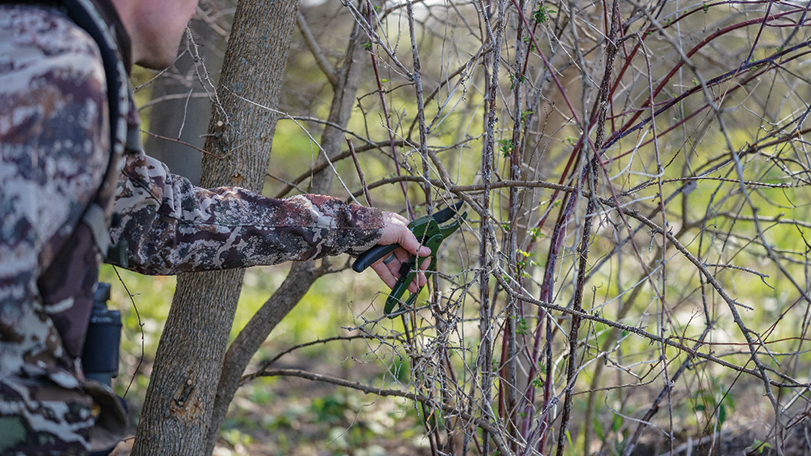Preparing Your Garden for Spring
When winter comes to an end, it’s crucial to prepare your garden for spring. The first step is to remove debris and dead plants that have accumulated during winter. This will help create space for new growth and ensure that the soil isn’t overcrowded. It’s also essential to weed out any weeds that may have sprouted during the winter months. Cleaning the garden of debris and dead plants should be done before the first spring planting.
After cleaning and clearing away debris, it’s necessary to prune and trim to promote healthy growth and enhance the appearance of the plants. Pruning should be done selectively, removing dead or damaged branches and shaping the plant. It’s important to use the right tools and make proper cuts. Pruning should be done after flowering and not during the winter months. After pruning, it’s crucial to clean up the debris and dispose of it properly. This will help prevent the spread of diseases and pests.
Soil preparation is the final step in preparing your garden for spring. Soil preparation involves several steps, including soil pH analysis and nutrient levels. Adding organic matter and other fertilizers can help enrich the soil and promote healthy plant growth. After fertilizing, it’s recommended to water the soil once again. Fertilizing is suggested once spring and summer begin. Additionally, aerating the soil in areas that need extra care is essential for promoting healthy plant growth. By following these steps, you can ensure that your garden will bloom beautifully in the spring.

Choosing the Right Plants and Caring for Them
To make your garden bloom after winter, it’s essential to select the right plants that will thrive in the spring season. Choosing plants suitable for the climatic and soil conditions of your area is crucial to ensure their proper growth and flowering. Opt for plants known for their spring flowers, such as tulips, daffodils, and hyacinths. These plants will add vibrant colors and aromas to your garden, making it a beautiful and welcoming space.
Proper watering and sunlight are also crucial for plant growth and flowering. Water your plants regularly, but be careful not to overwater them, as this can cause root rot and other issues. Ensure your plants receive adequate sunlight, but avoid direct exposure to intense sunlight, as this can damage leaves and flowers. It’s essential to assess the specific water and sunlight needs of each plant to ensure optimal growth and flowering.
Additionally, it’s necessary to remove any leftover branches from winter. To do this, we must use tools such as pruning shears optimized to efficiently perform the job.
